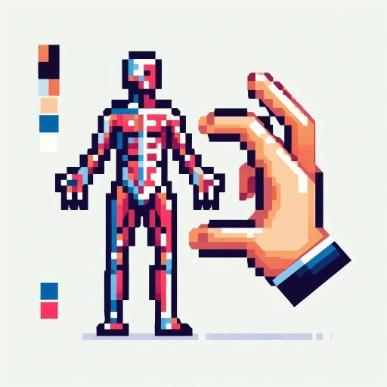AnatoAR
Revolutionizing Medical Education: Affordable, Interactive 3D Anatomy with AR—No Extra Hardware Needed.
Created on 25th August 2024
•
AnatoAR
Revolutionizing Medical Education: Affordable, Interactive 3D Anatomy with AR—No Extra Hardware Needed.
The problem AnatoAR solves
This project addresses the high costs and accessibility barriers faced by medical students and researchers when acquiring human bodies for study and surgical practice. By providing a virtual 3D anatomical model accessible through affordable AR technology, it eliminates the need for expensive physical cadavers and specialized equipment, making advanced medical training more accessible and cost-effective.
Challenges we ran into
Organ Integration Chaos: Initially, all anatomical parts were attached together, leading to unnecessary complications when interacting with the model. We resolved this by creating separate colliders for each organ, which significantly improved the accuracy and control of interactions.
Mismatched Organ Models: The organs were sourced from different databases, resulting in discrepancies in size and alignment. To address this, we modified the models in Blender to ensure a seamless and cohesive anatomical representation.
Performance Lag: Our app initially caused significant lag on devices due to the high processing demands. We optimized performance by offloading hand tracking to a third-party service and ensuring the device was properly charged, which greatly enhanced the overall user experience
